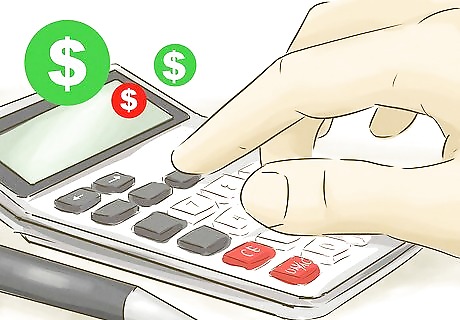
views

Determine your operating income. This identifies your company's revenues before interest and tax payments. It should be on your income statement.

Access IRS Form 1120. This is the form that records corporate tax returns. Look for the form online, at www.irs.gov. The IRS lists all forms on its website, and you can download them to fill out or print them out before you work with them.

Record your operating income on page 1, line 28. Record any net operating losses on line 29. You can use net operating losses from prior years to offset the current year's profit. Talk to your tax advisor or accountant about the best way to record and use operating losses from year to year. Subtract the net operating loss from the operating income. This is your company's taxable income. The amount of tax you calculate on your income depends on this number. Record the taxable income on line 30.

Locate the tax table. It can be found in the Form 1120 instructions, on page 18. The tax table will show you how much tax you need to deduct from your income. Use the IRS formula to arrive at the tax amount for your company's income. For example, if your taxable income is $500,000, you would deduct $335,000 for a total of $165,000. Multiply the $165,000 number by the 0.34 tax rate for a tax amount of $170,000.

Record the income tax that is payable to the IRS on line 31 of Form 1120.

Record the taxes on your operating income on your income statement. This is an important part of your corporate financial statements. Subtract the taxes from your operating income in order to get your operating income after taxes. This amount will also need to be on your company's income statement.

Pay the tax due in a timely manner. If you are late, the IRS will penalize you with fees and interest.

Have your taxes reviewed by an accountant or tax professional. Many small businesses keep their own financial records, but it is always a good idea to have an expert review them before you file them.



















Comments
0 comment